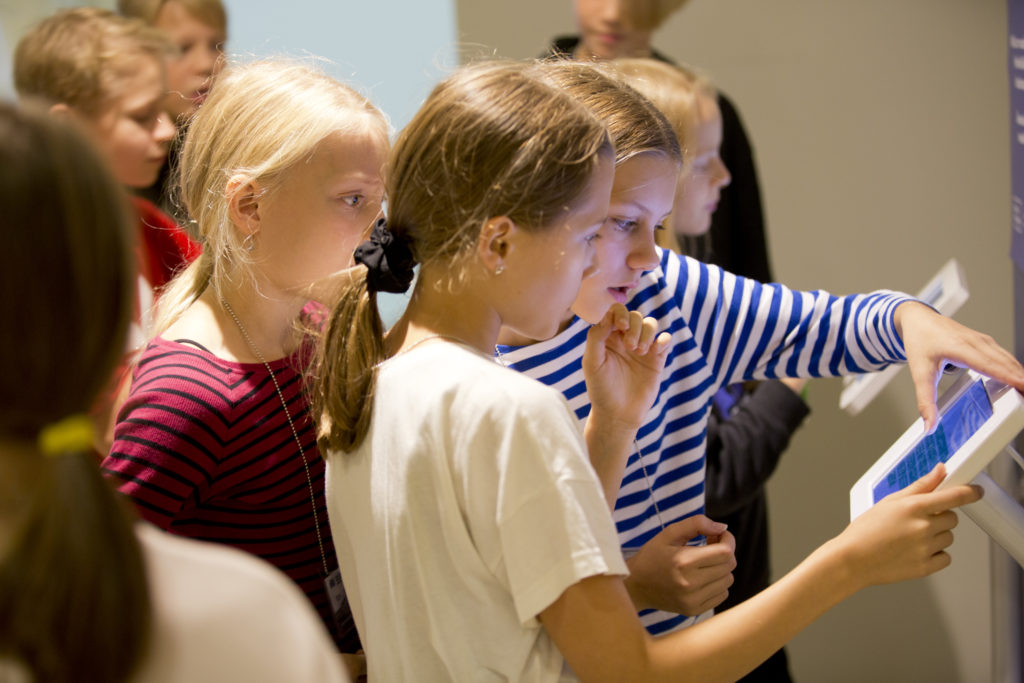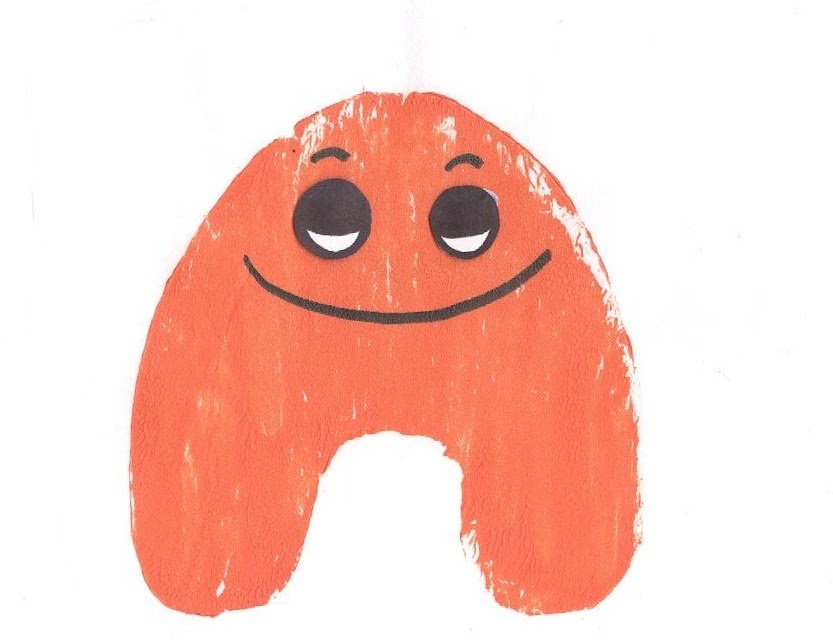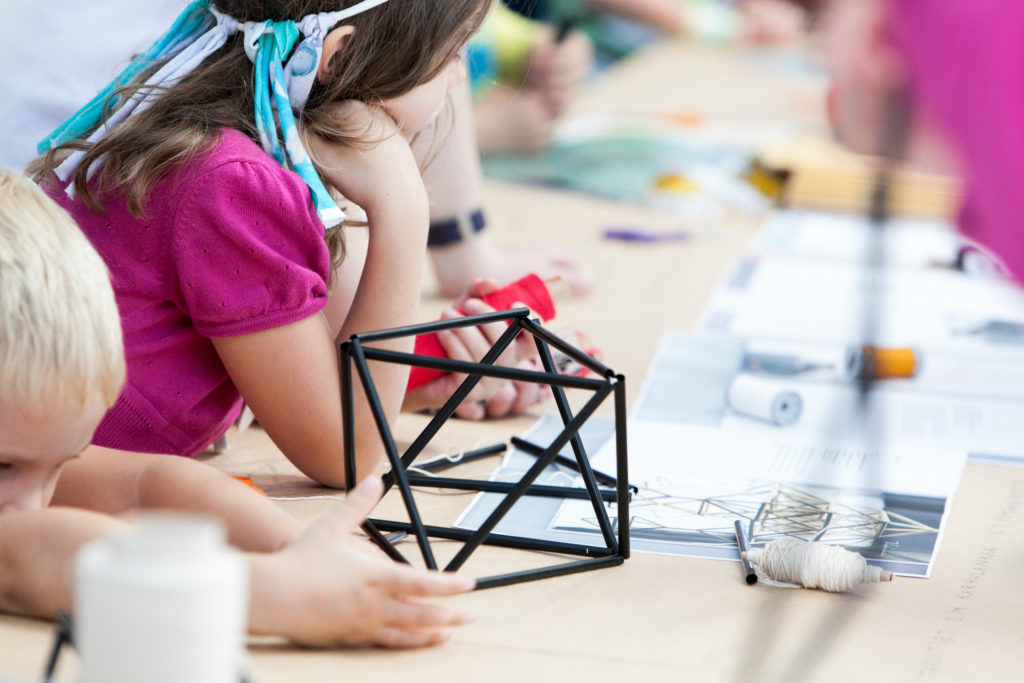Design education is creative problem solving that crosses subject boundaries. It gives learners tools to meet the challenges of the future, to think boldly and to find new and creative means to visualize their environment.
Design education utilizes the typical stages of the design process: defining the problem, observation, ideation, planning, testing, development of ideas, evaluation, and sharing the results.
Design thinking strengthens learners’ skills for the future.
Design thinking strengthens the skills of learners to meet the future: critical thinking, problem solving and cooperation skills, initiative, expression skills, empathy, curiosity and imagination. To thrive in the society of the future, learners need skills and the ability to tackle something without certainly of the outcome.
Design education gives tools to teachers to develop instruction and for phenomenon-based learning, which combines different subject studies. The methods of design can also be utilized in the development of the school’s learning environment and operating culture.

Helsinki seeks to strengthen the utilization of design education in schools
The benefits of design education have been recognized in Helsinki. Helsinki seeks to strengthen the role of architecture and design education in school curricula and in teaching. In addition, teachers are offered training and guidance in the utilization of design in teaching.
There are several teachers and schools in Helsinki committed to design education. Their lessons and experiences have roused even international interest.
One of the schools in Helsinki specializing in design is the Arabia Comprehensive School. Design is included in the school curriculum, and the methods of design learning are used in all subjects in grades 1–9.
Another school with a strong emphasis on design is the Kruununhaka Comprehensive School, which offers a design track for local students in grades 7–9.
Learners in Helsinki comprehensive schools familiarize themselves in design and design thinking through the cultural visits of Culture Path. Learners in basic education follow Culture Path from one grade to the next. The path includes suggestions of cultural contents for each grade, and every learner makes at least one cultural visit in a year.
Culture Path ensures that every learner has an opportunity to be familiarized with various cultural contents and operators during basic education.

ARMU encourages teachers and students in design-oriented learning
One example of the tools used in design education in Helsinki is the design learning tool ARMU developed at the Arabia Comprehensive School. It offers teachers instruments and models for the use of design in various subject studies.
Learners are acquainted with design thinking with the help of ARMU A, a design process model developed specifically for the school. ARMU A divides the design process into six stages: (1) problem, (2) brainstorming and ideation, (3) plan, (4) getting to work, (5) further thinking and (6) evaluation. A copy of the ARMU A process model is displayed in every classroom of the Arabia Comprehensive School.
The ARMU website (available in Finnish only) presents the methods of design learning and design goals for each grade. The website also includes a materials bank that gives recommendations for the use of design in various subject studies and for improving everyday routines.

Photos: Aino Huovio, Jussi Hellsten, Marja Väänänen

